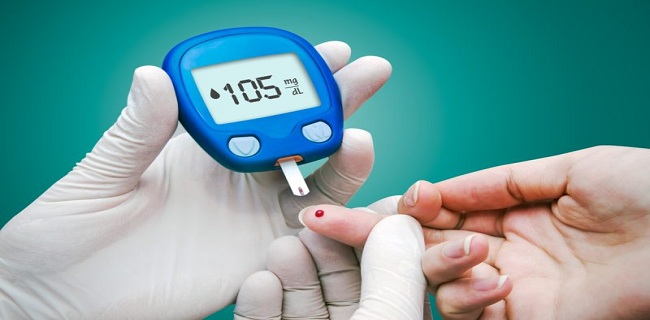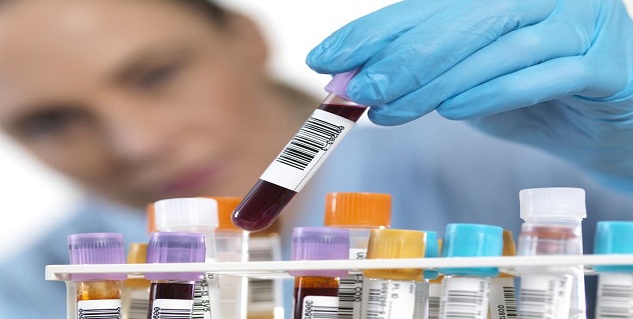
For a diabetic patient, understanding of blood glucose level is must. The knowledge of normal range blood sugar helps in managing diabetes in a better way. In case, you are using test strips to check blood glucose level, then it's important to know what the blood glucose level means. The 'normal' blood sugar ranges for adults and children with type 1 diabetes may differ from type 2 diabetes. Recommended blood glucose levels may vary for every individual depending on the body type and health thus, you should discuss this with your healthcare team.
Generally, the blood sugar of any individual is measured under different circumstances. It is usually done six to eight hours after the last meal taken, thus, normally it is tested before breakfast in the morning; and the normal range could fall between 70 to 100 milligrams per deciliter. In case you are non-diabetic, and if you check the reading after taking a meal, you may notice a rise in your blood sugar level, but it would not get above 135 to 140 milligrams per deciliter.

As per the guidelines provided by the National Institute for Clinical Excellence (NICE), in majority of healthy individuals, who does not have any serious ailments, normal blood sugar levels is about 4 mM (4 mmol/L or 72 mg/dL). After taking a meal, the blood glucose level may increase up to 7.8 mmol/L or 140 mg/dL).
For diabetic patients, the blood glucose level targets are as follows:
Before taking a meal: 4 to 7 mmol/L for type 1 or type 2 diabetic patients
After taking a meal: below 9 mmol/L for type 1 diabetic patients and 8.5mmol/L for type 2 diabetic patients
How blood sugar levels help in diagnosing diabetes?
Usually, doctors conduct two main tests that help in diagnosing whether someone has diabetes. The tests are listed below:
Impaired fasting glycemia test: This test is generally conducted after around eight hours of fasting. The blood sugar levels obtained from this test are put into the following categories:
Normal range, if it falls between 4.0 to 5.9 mmol/l (70 to 107 mg/dl).
Prediabetes, if the reading is between 6.0 to 6.9 mmol/l (108 to 126 mg/dl).
Diagnosis of diabetes, if the reading is more than 6.9 mmol/l (126 mg/dl).
Impaired glucose tolerance test: Before conducting this test, the patient is asked to take concentrated amount of glucose and then the doctor measures his or her blood sugar level after two hours. Impaired glucose tolerance is diagnosed as:
Normal, it the meter reading is under 7.8 mmol/l (140 mg/dl).
Prediabetes, if it’s between 7.9 to 11.1 mmol/l (141 to 200 mg/dl).
Diagnosis of diabetes, if the level is more than 11.1 mmol/l (200 mg/dl).
A diabetic patient can suffer from both low blood sugar levels, which is known as hypoglycemia, and elevated blood sugars, referred as hyperglycemia. In case, blood sugar level goes down below about 60 or 65 milligrams per deciliter, one can experience symptoms like mild tremors, feeling of hunger, maybe a little racing of the heart. If the level drops under 50 mg/dl, then there are chances of feeling unconscious and getting seizures.
On the other hand, if blood glucose level gets as high as 180 to 200 mm/dl, it can cause serious health problems, such as heart related ailments, kidney disease, poor vision, and nerve problems. It can also damage the blood vessels that supply blood to the vital organs.
Read more articles on Understand Diabetes.







